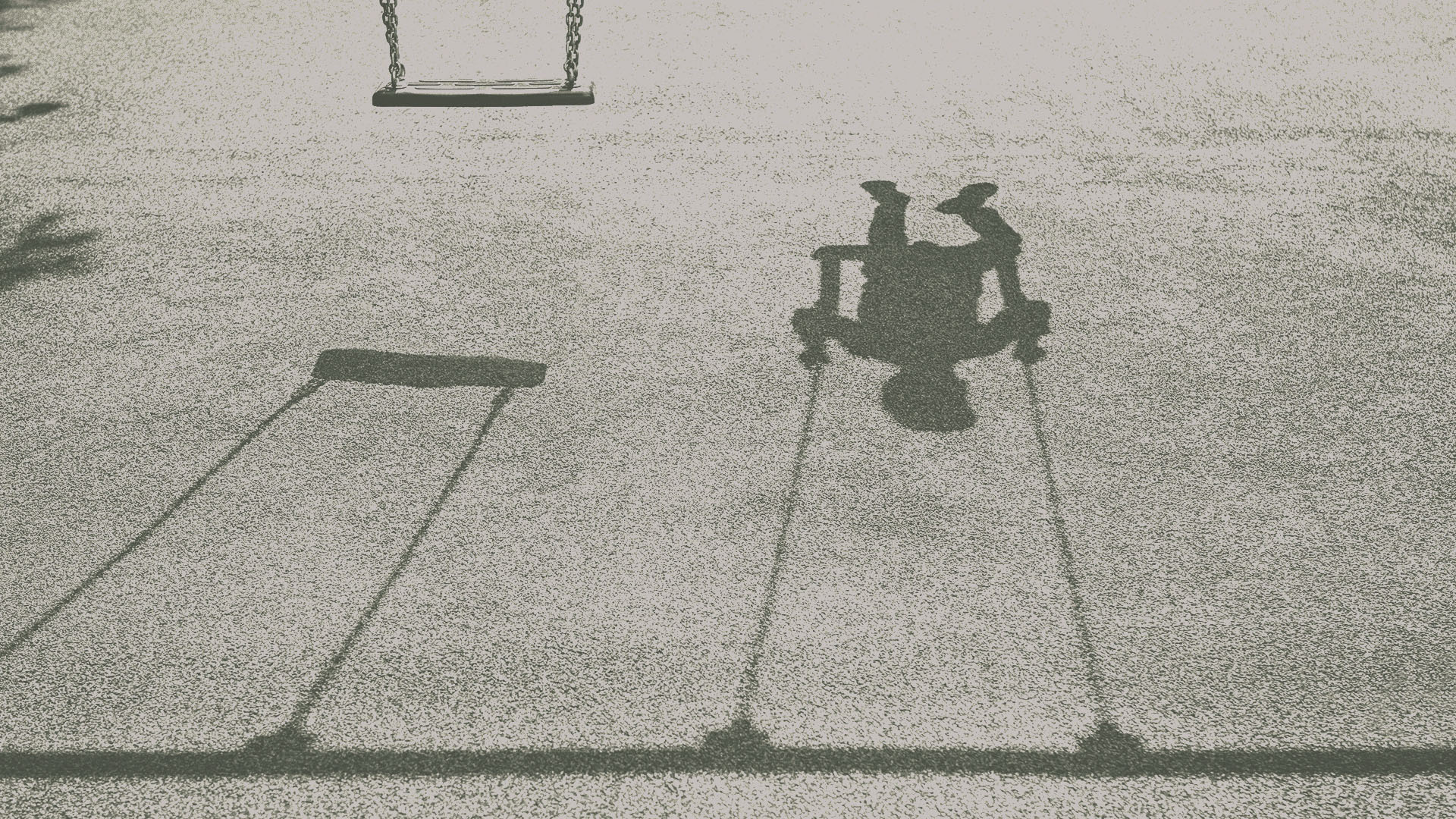
Nearly half the areas with the worst levels of child poverty on the eve of the coronavirus pandemic were in the north-west, figures have revealed.
Towns and cities in the north of England and the Midlands had the highest proportions of children in low-income households, according to the latest official data.
They also show the number of children living in poverty was at a record high in the months before Covid hit Britain.
In the year up to March 2020, 4.3m children aged 0 to 19 were living in relative poverty after housing costs.
This amounted to 31% of children in the UK living in relative poverty after housing costs are taken into account.
Relative poverty means a household or family has less than 60% of the median UK household income that year. In 2019/20, that was £547 a week before housing costs (but after tax) and £476 after housing costs. Housing costs can include rent or mortgage interests, building insurance and water rates.
In 2020, a family in relative poverty would therefore have less than £285 a week, or £14,850 a year, after housing costs.
Some 4.1m children were living in relative poverty after housing costs in the previous year and four million the year before. In 2009/10, that number was 3.6m.
The figures, published on Thursday by the Department of Work and Pensions, show the 20 local authorities with the highest proportions of children in 2019/20 were:
- Middlesbrough (38.6%)
- Oldham (37.7%)
- Bradford (37.6%)
- Pendle (37.3%)
- Birmingham (36.9%)
- Blackburn with Darwen (36.5%)
- Stoke-on-Trent (34.4%)
- Sandwell (34.3%)
- Manchester (33.8%)
- Hyndburn (33.1%)
- Burnley (33.1%)
- Bolton (32.7%)
- Kingston upon Hull (32.2%)
- Walsall (31.8%)
- Wolverhampton (31.6)
- Leicester (31.4%)
- Newcastle upon Tyne (31.1%)
- Rochdale (29.8%)
- Hartlepool (29.4%)
- South Tyneside (29.2%)
In comparison, the City of London had the lowest proportion at just 4.4% of children aged under 16 in low-income families, followed by Elmbridge (5.7%) and Epsom and Ewell (6.2%)
The figures further contradict the prime minister’s claims last year that “absolute poverty and relative poverty have both declined under this government”.
In response to a complaint from the End Child Poverty Coalition, the UK Statistics Authority’s Office for Statistics Regulation (OSR) had already found Boris Johnson’s claims about the level of child poverty under the Tories to be “incorrect”.
The government said Thursday’s figures showed there were 700,000 fewer people in absolute poverty before housing costs than in 2010, and that families went into the pandemic “on a firm financial footing”.
Absolute poverty is where a household’s income is less than 60% of the median in the base year of 2010/11.
The figures published on Thursday cover only up to March 2020, the month lockdown began. Child poverty is projected to have risen dramatically as a result of Covid-19 and its economic effects.
The data also shows the number of people in the UK living in poverty hit a record high in the year to March 2020.
A total of 14.5m people were estimated to be in relative low income, an increase from 14.4m the previous year.
In response to the figures, the charity Action for Children’s director of policy and campaigns, Imran Hussain, said: “The government is in denial over child poverty which continues to rise and threatens to torpedo its flagship plans for levelling up.
“Contrary to the prime minister’s misleading claims, child poverty is rising, not falling. Today’s figures show that on the eve of the pandemic, levels rose to 4.3m – that is children growing up in families who struggle to put food on the table, afford clothes or heat their homes.
“Poverty destroys life chances. You cannot level up the country with millions of children in poverty so it’s vital the government brings forward a credible plan to reduce poverty.”
Alison Garnham, chief executive of the Child Poverty Action group, said: “Today’s poverty figures show what was clear all along, that low-income families with children entered the pandemic financially vulnerable.
“Despite child poverty having fallen prior to 2010, we have now seen a decade of cuts to our social safety net and entered the pandemic expecting to spend £36 billion a year less on social security so it is no surprise that child poverty has risen.
“We badly need a cross-government strategy to end child poverty and increasing child benefit should be the first action point.”
But work and pensions secretary Thérèse Coffey said: “Today’s statistics – which reflect the situation prior to Covid – show that families went into the pandemic on a firm financial footing. Average household incomes saw their strongest annual growth for nearly 20 years in 2019/20, while 700,000 fewer people were in absolute poverty before housing costs than in 2010.
“We have since increased our support with an unprecedented package of measures targeting those with the lowest incomes to help families through a difficult year – including by injecting billions of pounds into the welfare safety net, ending the benefits freeze, helping with housing costs and increasing the national living wage. Crucially, furlough has also saved millions of jobs and protected livelihoods.
“Our relentless focus as we build back better is on getting Britain back on its feet through our multi-billion pound Plan For Jobs, which is already delivering for people of all ages right across the country.”


